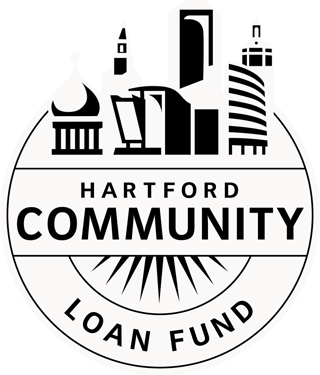What is a CDFI?
A Community Development Financial Institution (CDFI) bridges the gap between low-wealth communities and traditional financial institutions.
CDFIs like HCLF combine private financing from banks and other socially-minded investors with their own equity to deliver responsible, affordable financial services in communities where such services can be hard to find. CDFIs keep money moving—they get repaid and relend their money, multiplying opportunity in neighborhoods where others might see only risk.
The CDFI model draws on a rich tradition of self-help credit where communities rallied to provide their own financial services—from the immigrant guilds of New York City's Lower East Side, to the first community credit unions formed by African-Americans in the 1930s.
The modern CDFI industry emerged in the 1960s and '70s as an effort to deal with the ongoing effects of poverty and racial discrimination. In 1994, the federal government-sponsored CDFI Fund was created and began supporting local CDFI efforts, including the South Hartford Initiative, which later became HCLF.



